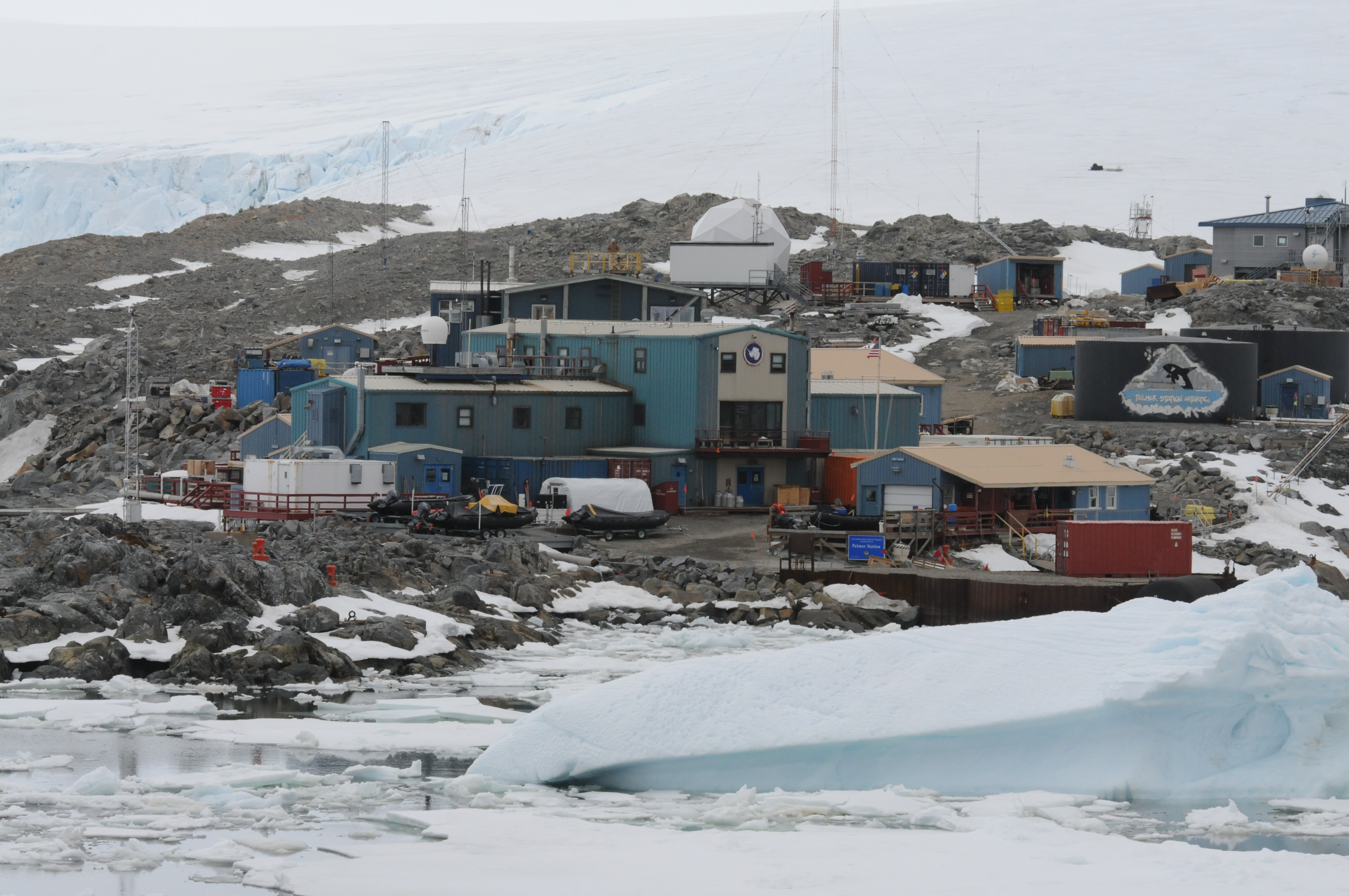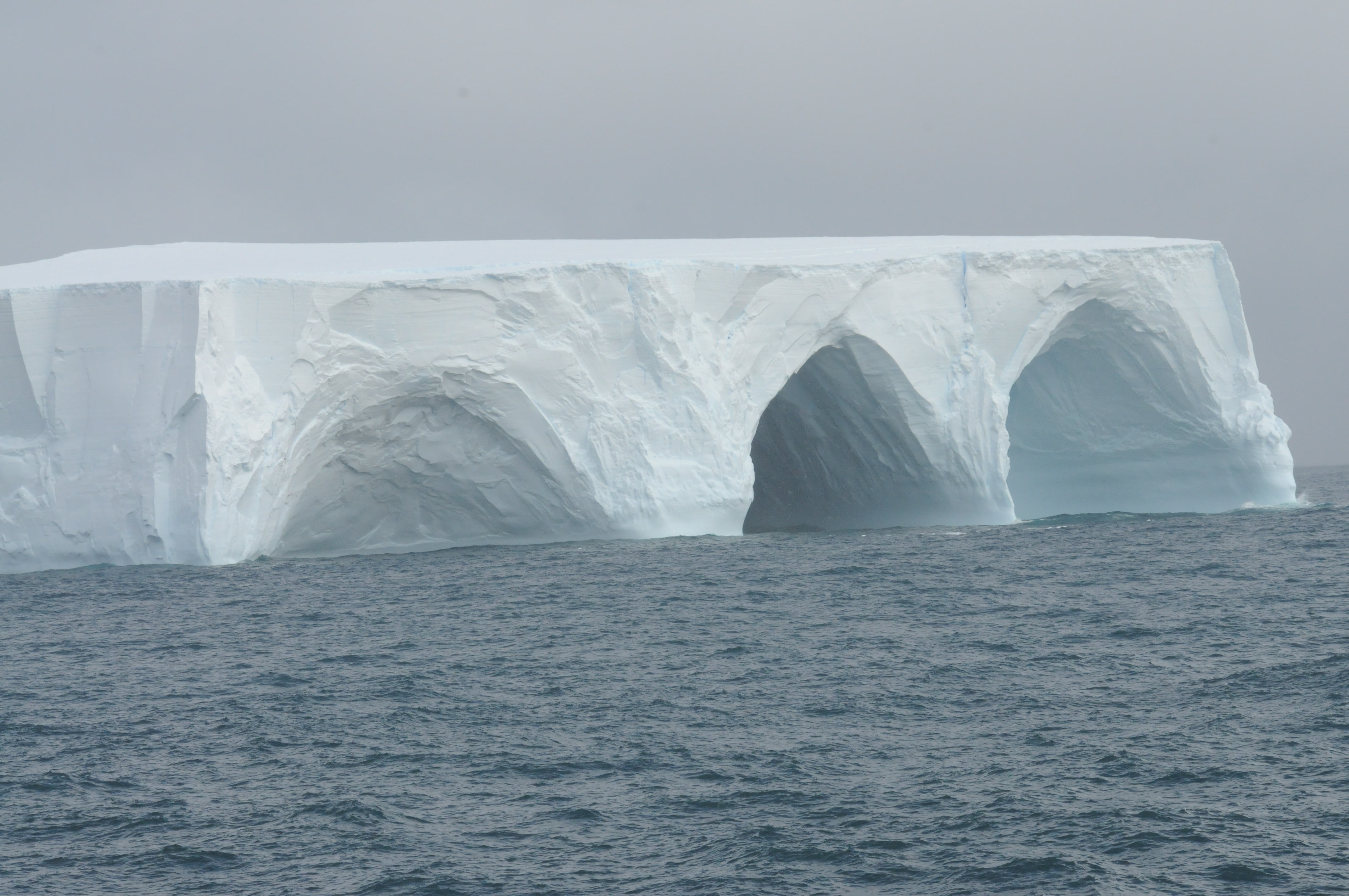By Logan:
The last three days have been pretty tough. We had not seen any whales since the 20th. The weather has been pretty unforgiving, and the winds have pushed a lot of ice in the inlet making it hard to get the zodiacs away from the pier. The weather finally let up today and we were fortunate to travel within the extended boating limits with the bird group to dream island and Biscoe bay.





We sampled three whales today, but probably seen some where around half a dozen in total. The many icebergs within the boating limits make it hard to follow and see the whales at distance. We have collected 13 biopsy samples thus far. So far it has been a pretty slow year. We also had two Adélie penguins jump into our boat today while we were sampling.
We photographed one whale, presumed female because it was accompanied by a juvenile, which had intense scarring on the left side near the dorsal. We are unsure what may have caused it, but it looks as if it is from a potential fishery line interaction. We have yet to have a re-sight within the palmer boating limits, which is a sign that the whales are moving in and out of the area quite rapidly. This is good for us, as it means we will get a sample from a wider range of individuals.


The weather is supposed to be good for the next couple day so hopefully we will be able to get some more echo sounder surveys in and look for krill biomass, and of course get some more whale samples. We were able to see some large mountains today as the sky began to open up.

Will post again soon!!






































